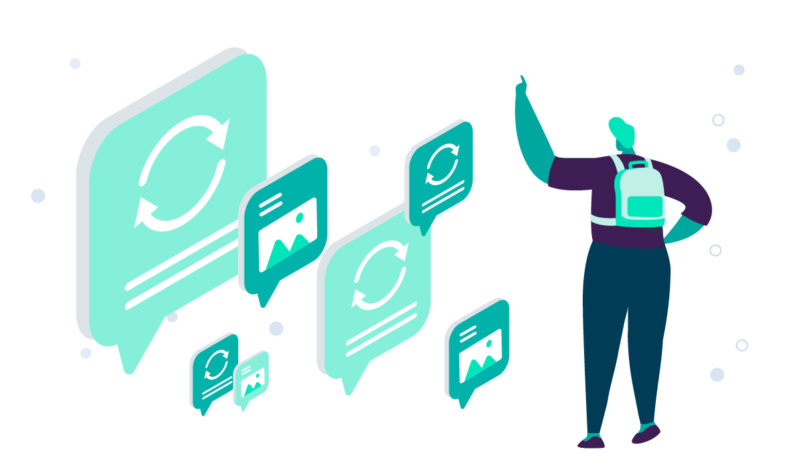
Should you share it?
The best way for you to help reduce misinformation online is to avoid sharing it.
Few problems with our information environment are more pressing or prominent than the proliferation of misinformation online. False and misleading content is often designed to target our emotions and use our biases against us, exploiting our most deeply held beliefs and values to bypass our critical, rational thought processes.
But thinking and learning about misinformation can be challenging. Partisans lob strategic accusations of “fake news” at ideas they disagree with, or at news coverage they want to discredit. Social media platforms that have policies against misinformation fail to enforce them in ways that are consistent and effective. Bad actors who create and purposefully amplify disinformation do so for a variety of reasons, including political or financial gain or to simply to cause confusion and social division. They also employ an array of disinformation tactics and cover their tracks in clever ways.
This infographic is designed to help you get your bearings in the misinformation landscape. Why do people share misinformation? What is the difference between misinformation and disinformation? What are some of the different types of misinformation people regularly encounter online? What are some “red flag” phrases and other signs of dubious content that can help people recognize when to remain skeptical and proceed with caution.
It’s important to keep in mind that academic research into mis- and disinformation is ongoing, and our understanding of people’s information habits — including why they might be vulnerable to false and misleading content and motivated to share it — is improving over time.
Misinformation itself is also always changing, attaching itself to current events and controversial issues that gain prominence in the news cycle or national conversation. However, many of the strategies of misinformation — including placing photos, videos and quotes in false contexts, and doctoring or manipulating content — remain the same and can become recognizable with practice.
This infographic is designed to provide a foundational understanding of this urgent problem and help people be more mindful about their information habits.
The best way for you to help reduce misinformation online is to avoid sharing it.
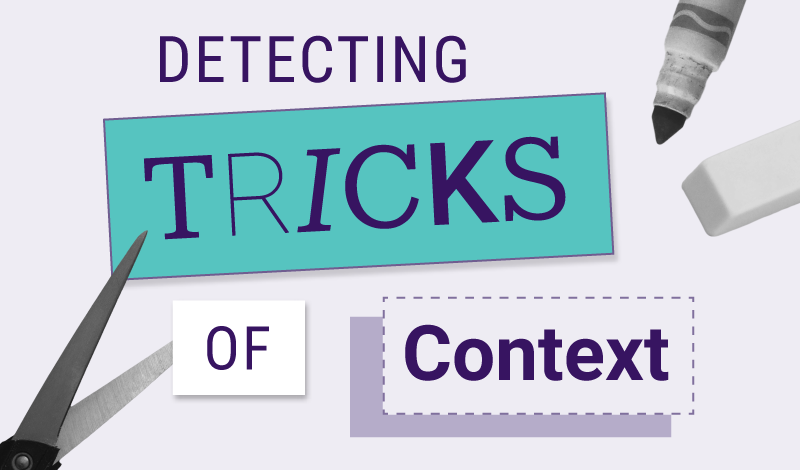

This infographic shows how to spot four common tricks of context to avoid being fooled online.
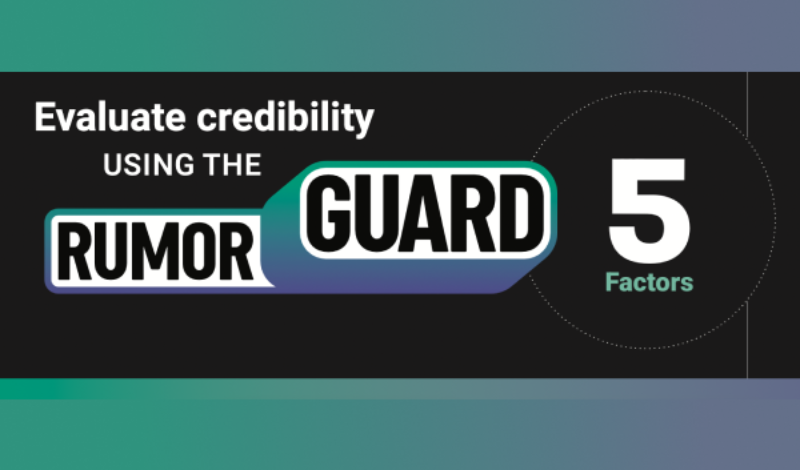

Don’t get caught off guard. Recognize misinformation and stop it in its tracks by using RumorGuard’s 5 Factors for
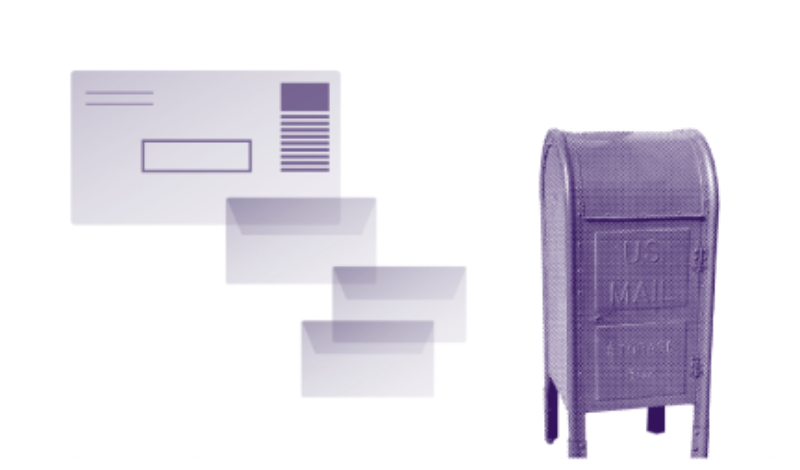

Elections are the lifeblood of democracy, but political campaigns are often rancorous, controversial and polarizing events. As if the
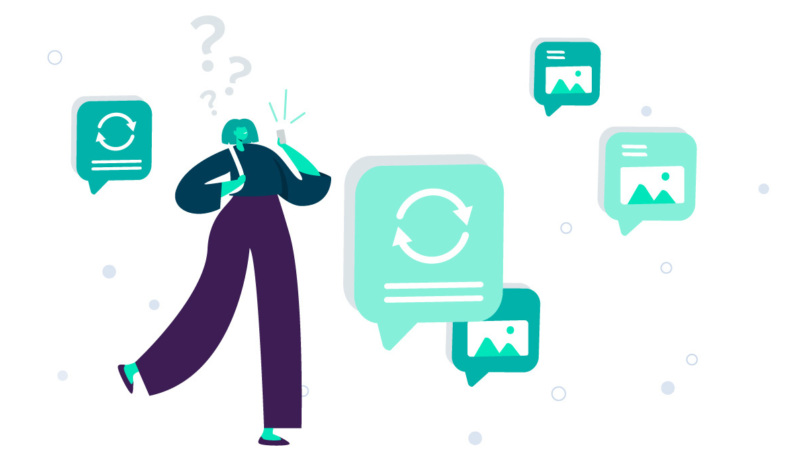

The best way for you to help reduce misinformation online is to avoid sharing it.



